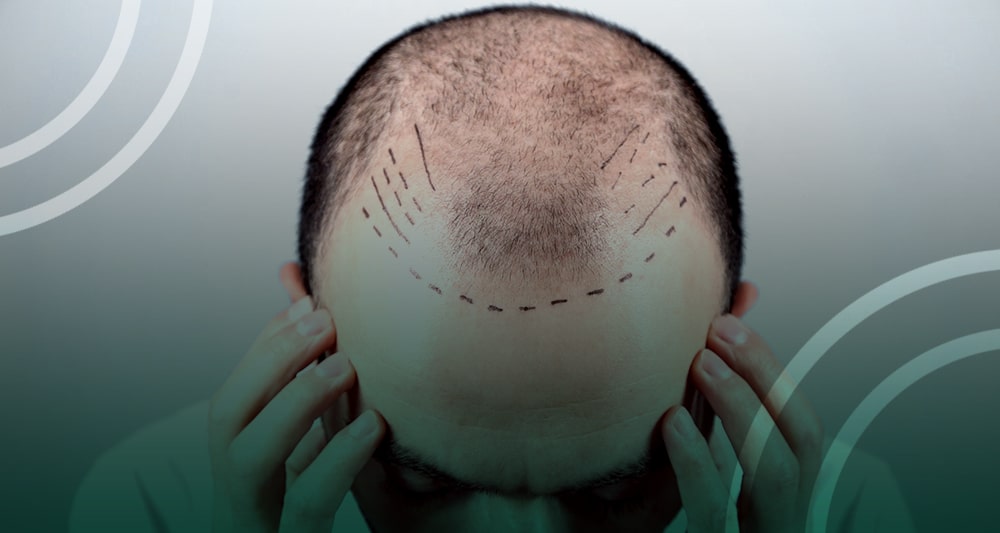
Hair Transplant

Choi Pen (DHI)
In the field of hair transplantation, a range of techniques are employed to get the desired results for patients suffering from baldness. The Choi pens technique differs from other techniques in that it does not open channels in preparation and instead transplants the follicles straight away. Hair can be transplanted directly through Choi pens, eliminating the need to open transplant channels beforehand. This allows it to be implanted in the hair’s center.
There is no need to shave the hair because of the precision of the pens utilized. This is a huge benefit, especially for women who do not want to trim or shave their hair for cultivation, and it can also assist men who do not want to shave their hair. The exact cultivation of follicles is the most interesting feature of this technique.

Osl Sapphire Technique
Techniques in the field of hair transplantation have also evolved and multiplied, and one of the techniques we’ll mention here is the sapphire technique. The sapphire stone is one of the most valuable gemstones, and the sapphire device is one of the best devices made from it. Furthermore, the sapphire device assists in the most precise opening of cultivation channels, which aids in the area’s speedy healing.

Beard Transplant
A beard transplant means transplanting hair from another part of your body to your face (typically the base of your scalp in the back or under your chin).
One by one, about 4,000 to 7,000 hairs can be transplanted. To give the beard a more realistic appearance, some surgeons may utilize two hairs per graft.

Eyebrows Transplant
Eyebrow transplants are a process in which a cosmetic surgeon moves a graft including both the hair and its roots (follicle) to the eyebrow area. Hair grafts are typically taken from the nape of the neck or the area around your ear.
After the hair grafts are removed, they are stored in a storage container with a cooled saline solution for up to an hour before the surgeon implants them in your brows.
You won’t feel anything during the operation because it’s usually done under local anesthesia.
